INDIAN RAJASTAN SHIVA SCULPTURE 10th-11th century AD A large Rajastan stone relief depicting the Hindu god Shiva standing in a shrine with columns supporting an arched roof; Shiva has matted hair piled up into a conical shape and held in place by a band of beads, crescent moon in the centre and small head of Ganga at the top; Shiva holds a drum in his upper left hand and water pot in his lower left; upper right hand holds a skull topped staff and lower right holds a skull cup; the god wears a loin cloth and bands of necklaces, armlets, bracelets and a long wreath that falls to his feet; to either side of the shrine are semi-naked female figures wearing loin cloths, necklaces, armlets, bracelets, anklets and large earrings and holding a pot and flowers; above these on the right is a naked yogi seated on a lotus flower, hands in prayer; to the left, also seated on a lotus flower, is a naga with the body of a man, hands in prayer, lower parts of a snake, with hood of multi-headed snake arching over the top; mounted on a custom made stand. 62 kg, 67cm including stand (26 1/2"). Fine condition. Provenance UK art market, acquired prior to 1980. Literature Desai, V and Mason, D. Gods, Guardians, and Lovers: Temple Sculptures from North India, A.D. 700-1200, Ahmedabad, 1993. Footnotes The panel depicts Shiva as Bhairava, a fierce manifestation associated with annihilation. Shiva manifested as Bhairava in order to chastise the creator god Brahma who had become arrogant as well as lust after his daughter and grew four heads in order that he might continually see her. In creating these four heads, Brahma divided the world into the four directions, due to his desire for that which no longer was within himself. It is said by some that Brahma's desire for his daughter was caused by Kama (the god of desire) who was born to madden and delude people, a task for which Brahma gave him magical arrows. Embarrassed by the attentions of Brahma his daughter ascended heavenwards. This provoked Brahma to manifest a fifth head, the quintessence of the other four. Upon seeing this, Shiva became enraged and manifested as Bhairava and cut off the fifth head of Brahma with his sword. In this act of murder, Shiva-Bhairava became Kapalin or skull-carrier, a name which also refers to a particular tantric sect. The skull of Brahma's fifth head became stuck to his hand and although himself a god, Shiva-Bhairava had to somehow expiate his sin and, in order to do so, Bhairava became the Supreme Beggar, after whom many holy men style themselves. Bhairava took upon himself the Kapalika vow, which was to wander the world, begging alms, until the skull fell from his hand. Shiva-Bhairava eventually arrived at the holy city of Varanasi where the skull fell away into a sacred well and Shiva took up residence at the Vishwanath temple.
INDIAN RAJASTAN SHIVA SCULPTURE 10th-11th century AD A large Rajastan stone relief depicting the Hindu god Shiva standing in a shrine with columns supporting an arched roof; Shiva has matted hair piled up into a conical shape and held in place by a band of beads, crescent moon in the centre and small head of Ganga at the top; Shiva holds a drum in his upper left hand and water pot in his lower left; upper right hand holds a skull topped staff and lower right holds a skull cup; the god wears a loin cloth and bands of necklaces, armlets, bracelets and a long wreath that falls to his feet; to either side of the shrine are semi-naked female figures wearing loin cloths, necklaces, armlets, bracelets, anklets and large earrings and holding a pot and flowers; above these on the right is a naked yogi seated on a lotus flower, hands in prayer; to the left, also seated on a lotus flower, is a naga with the body of a man, hands in prayer, lower parts of a snake, with hood of multi-headed snake arching over the top; mounted on a custom made stand. 62 kg, 67cm including stand (26 1/2"). Fine condition. Provenance UK art market, acquired prior to 1980. Literature Desai, V and Mason, D. Gods, Guardians, and Lovers: Temple Sculptures from North India, A.D. 700-1200, Ahmedabad, 1993. Footnotes The panel depicts Shiva as Bhairava, a fierce manifestation associated with annihilation. Shiva manifested as Bhairava in order to chastise the creator god Brahma who had become arrogant as well as lust after his daughter and grew four heads in order that he might continually see her. In creating these four heads, Brahma divided the world into the four directions, due to his desire for that which no longer was within himself. It is said by some that Brahma's desire for his daughter was caused by Kama (the god of desire) who was born to madden and delude people, a task for which Brahma gave him magical arrows. Embarrassed by the attentions of Brahma his daughter ascended heavenwards. This provoked Brahma to manifest a fifth head, the quintessence of the other four. Upon seeing this, Shiva became enraged and manifested as Bhairava and cut off the fifth head of Brahma with his sword. In this act of murder, Shiva-Bhairava became Kapalin or skull-carrier, a name which also refers to a particular tantric sect. The skull of Brahma's fifth head became stuck to his hand and although himself a god, Shiva-Bhairava had to somehow expiate his sin and, in order to do so, Bhairava became the Supreme Beggar, after whom many holy men style themselves. Bhairava took upon himself the Kapalika vow, which was to wander the world, begging alms, until the skull fell from his hand. Shiva-Bhairava eventually arrived at the holy city of Varanasi where the skull fell away into a sacred well and Shiva took up residence at the Vishwanath temple.
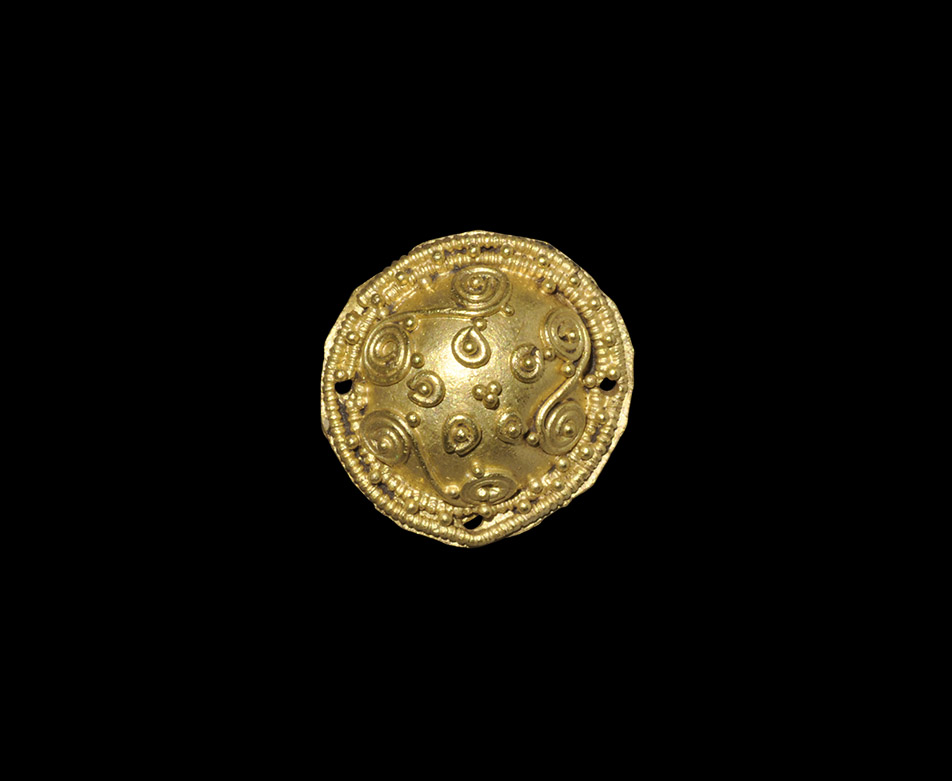
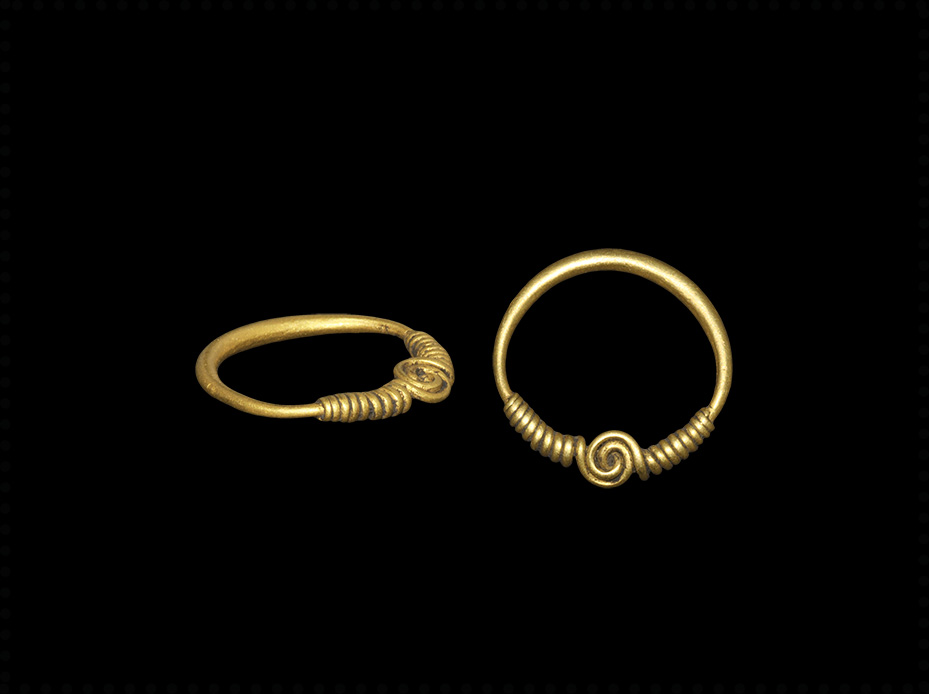
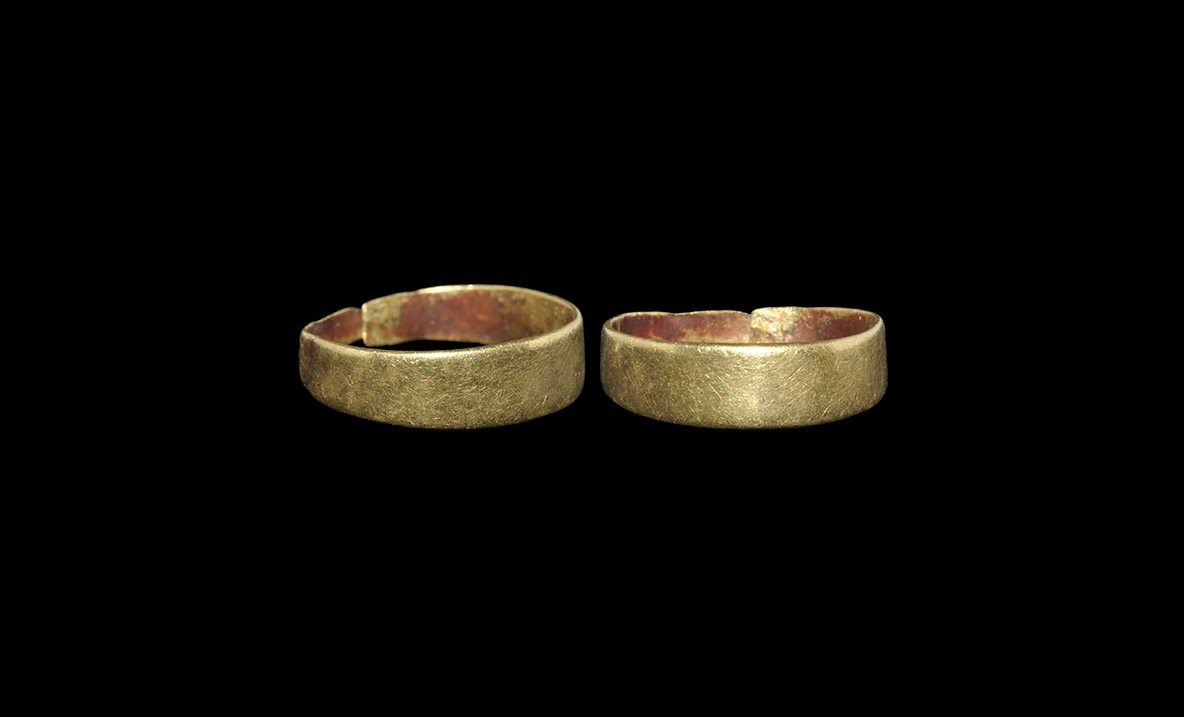
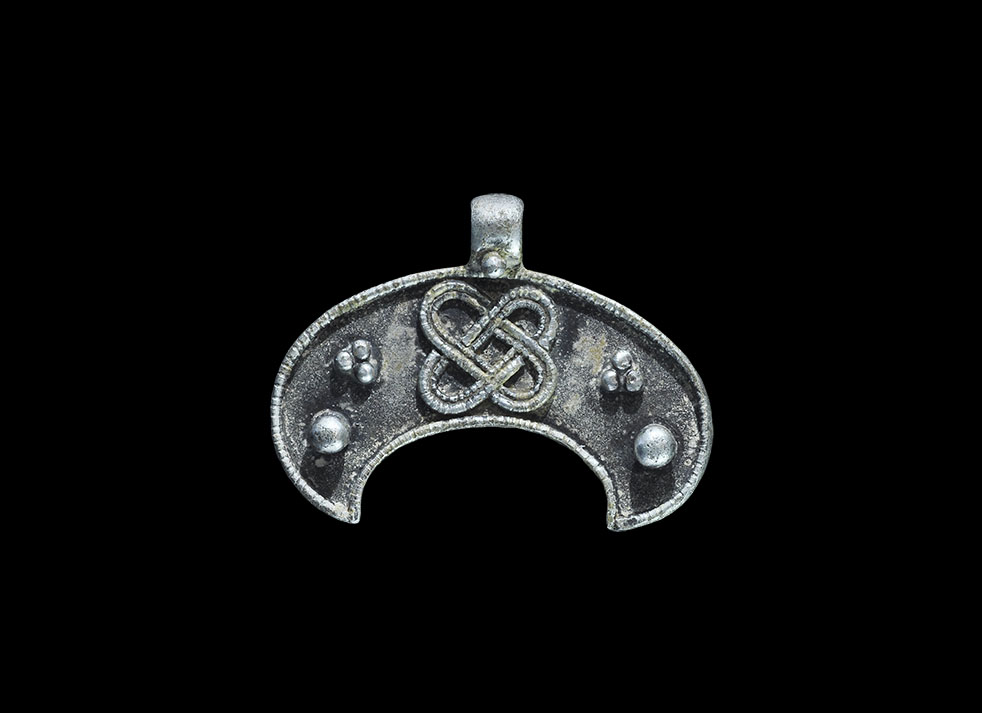
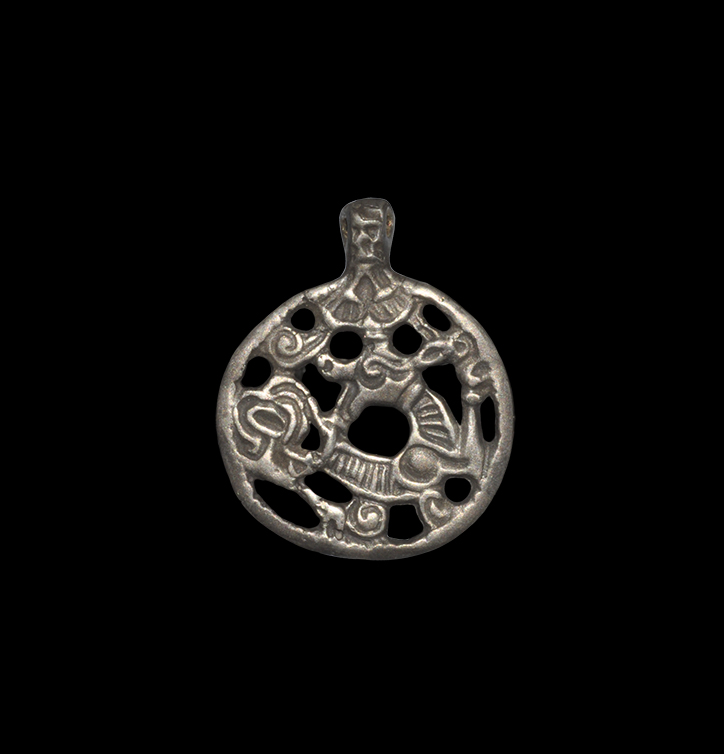
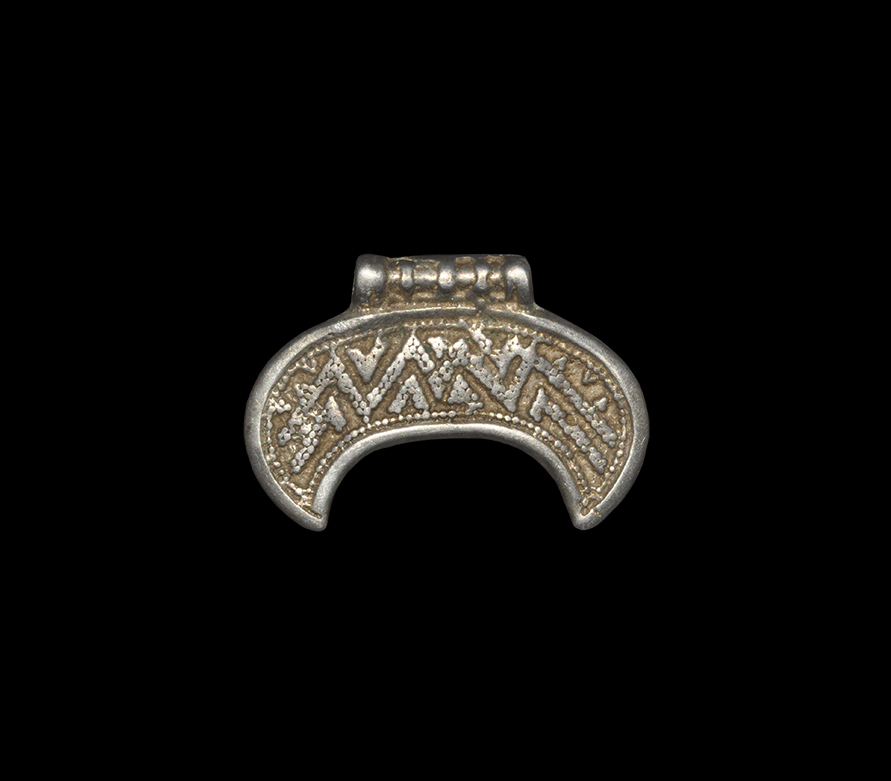
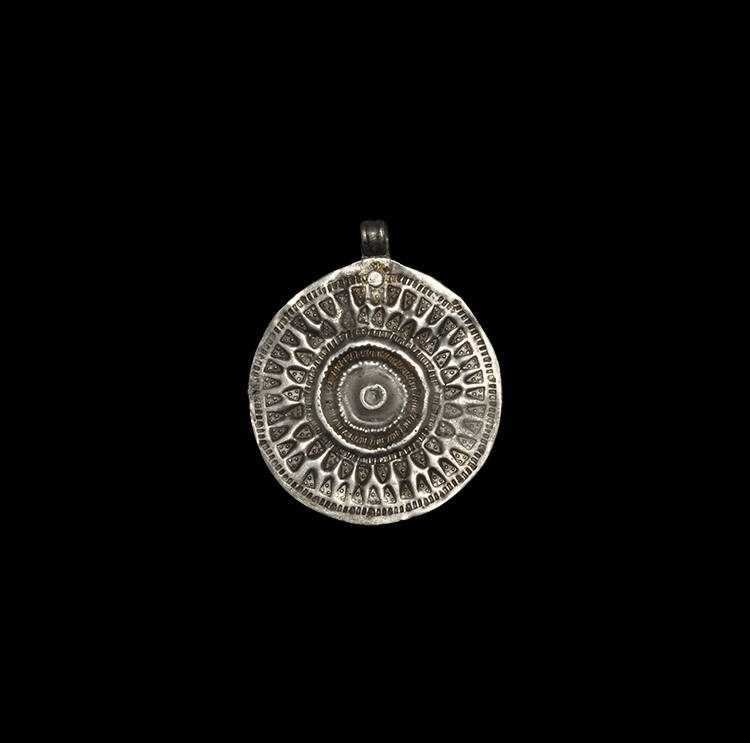
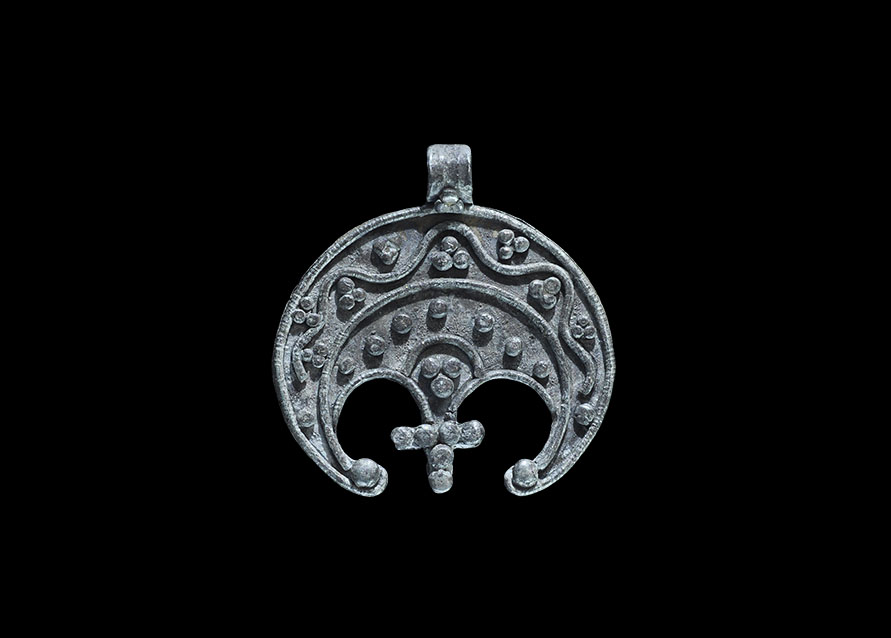
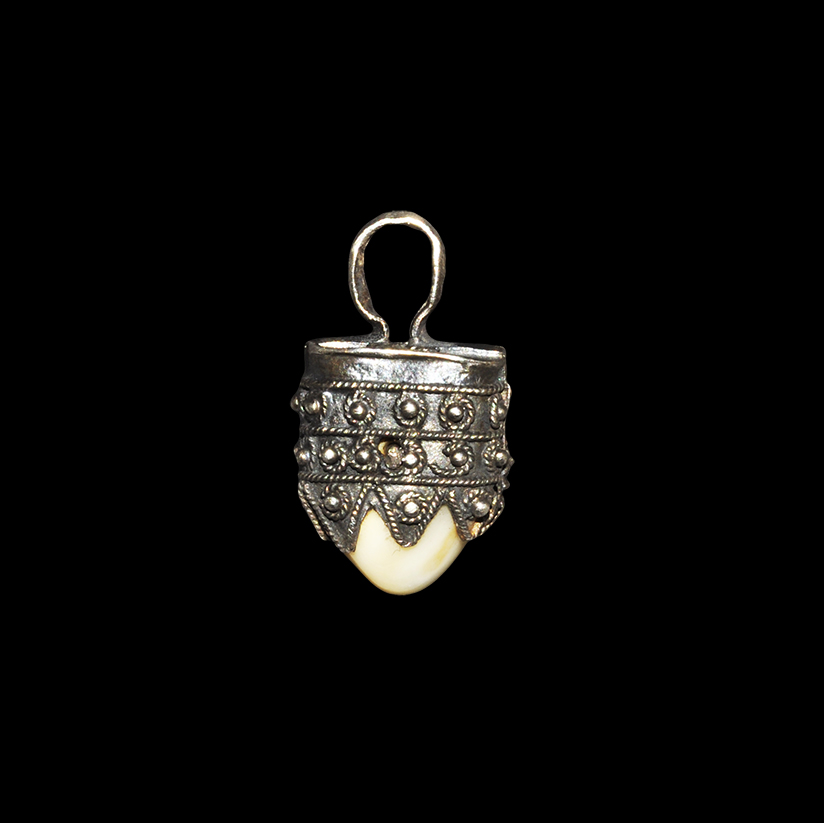
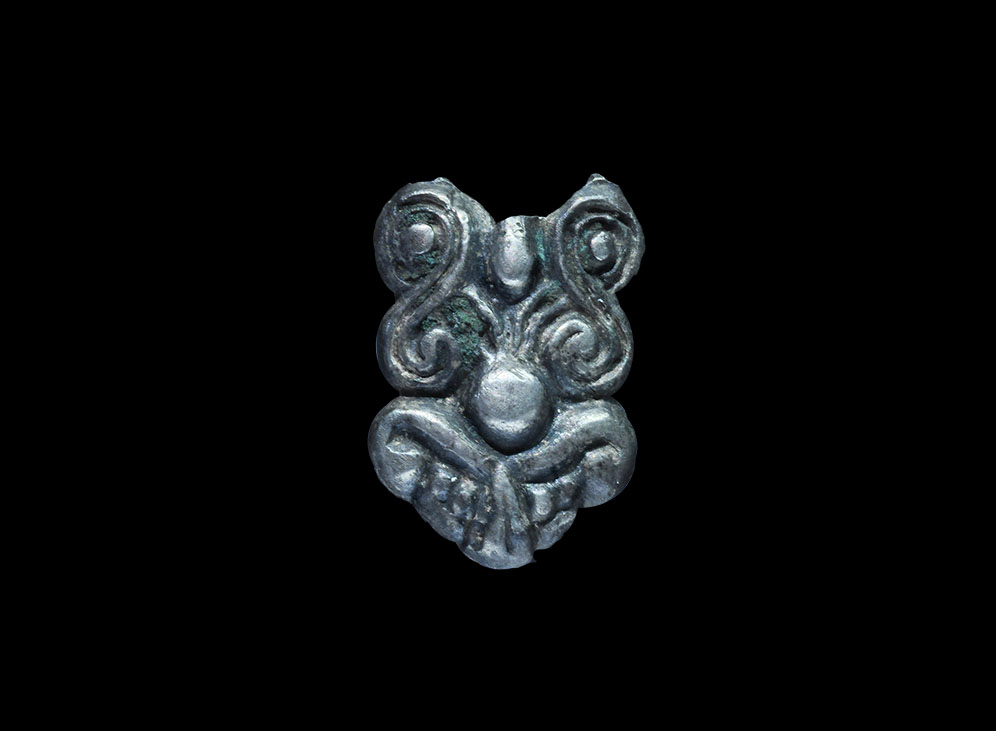
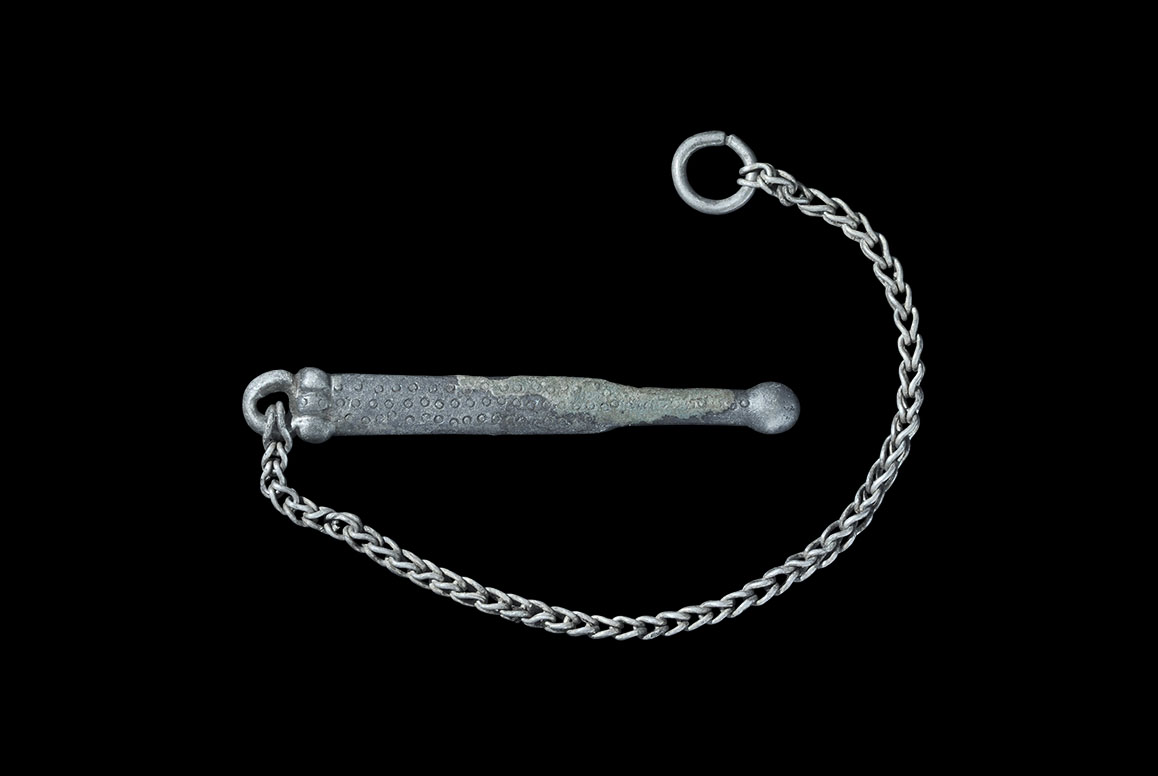
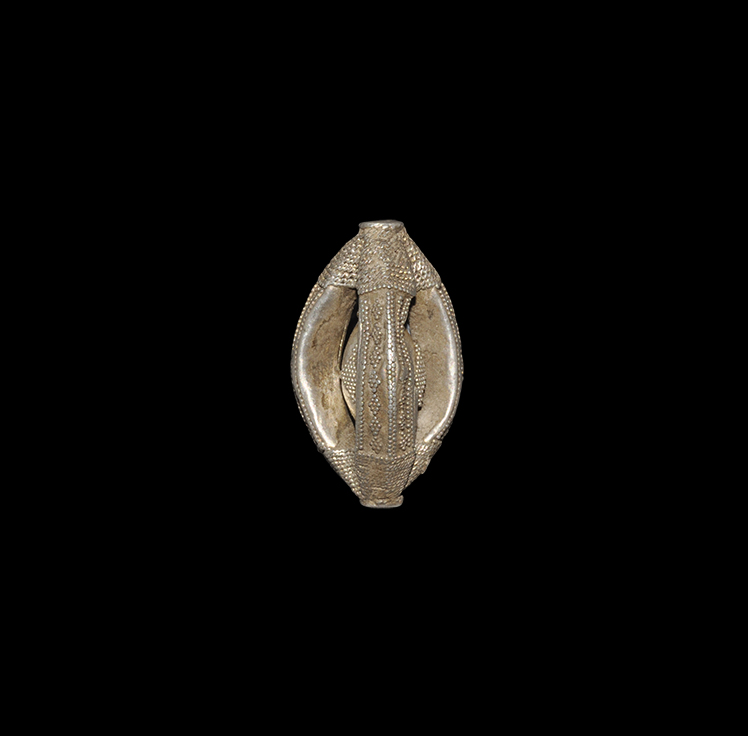

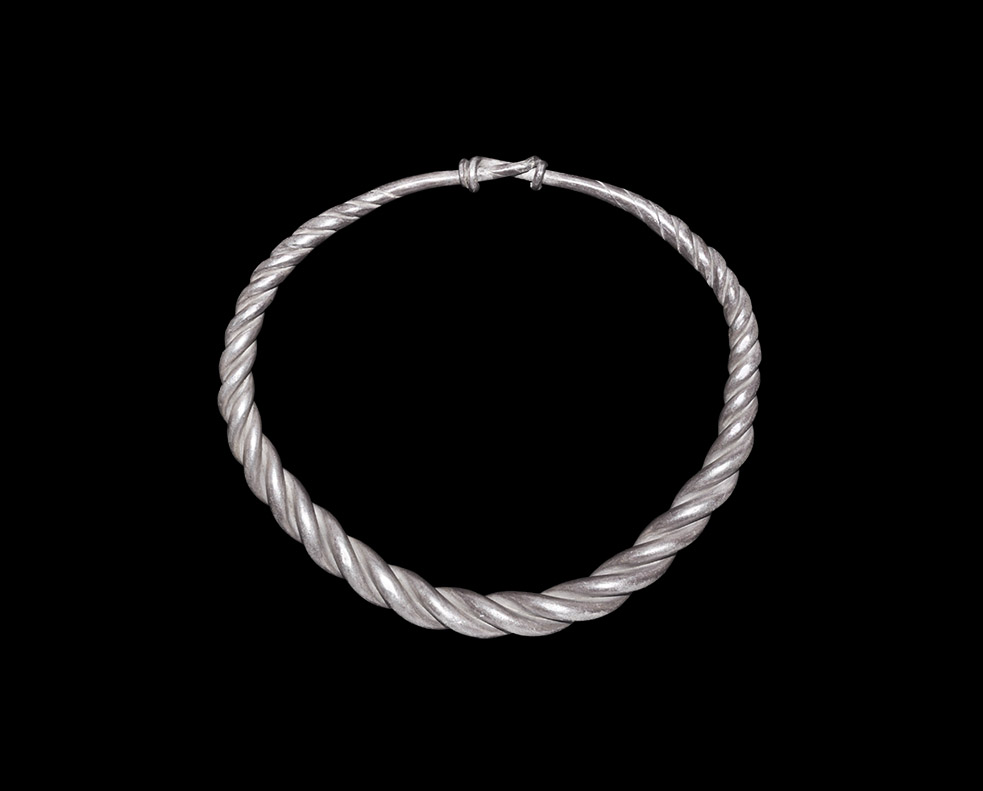
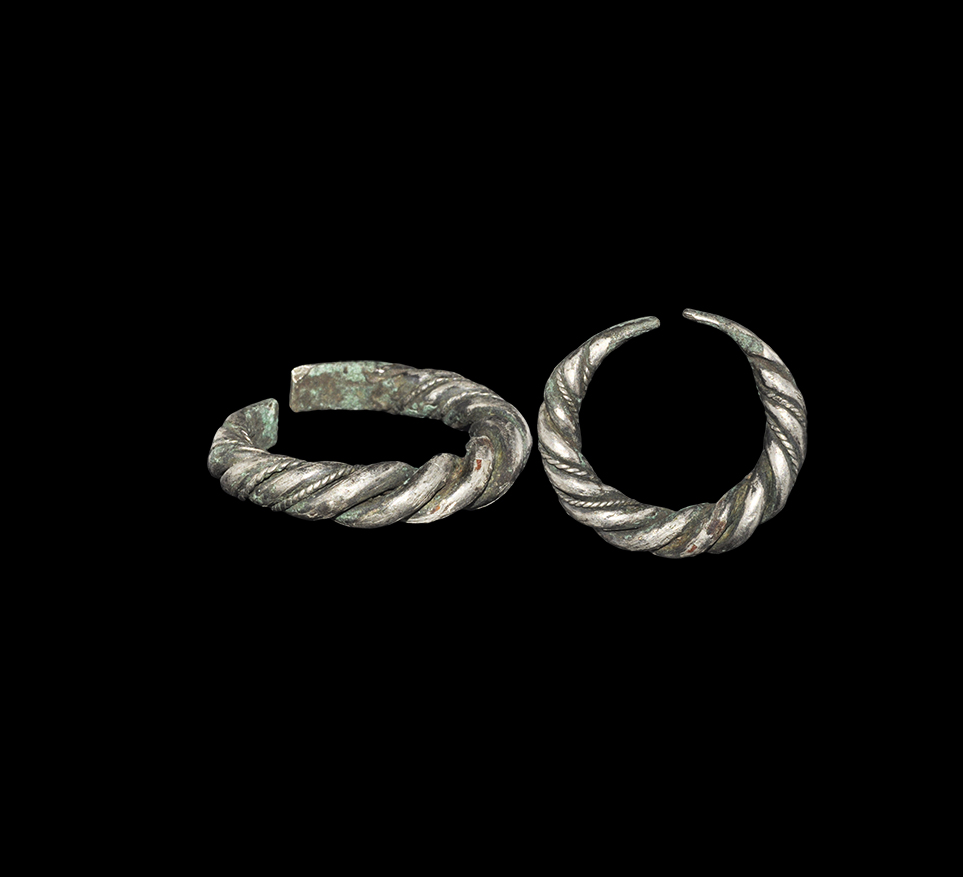
Testen Sie LotSearch und seine Premium-Features 7 Tage - ohne Kosten!
Lassen Sie sich automatisch über neue Objekte in kommenden Auktionen benachrichtigen.
Suchauftrag anlegen